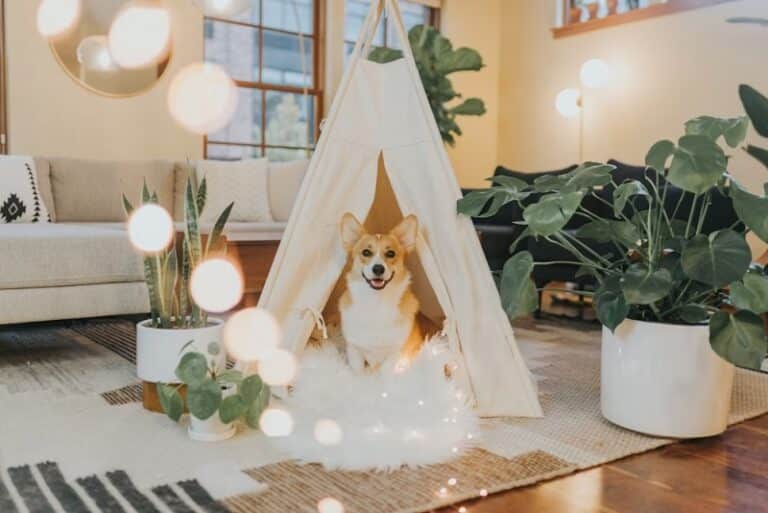Setting up a routine
When it comes to managing multiple dogs in one household, setting up a routine is essential to ensure harmony and organization. Here are some key aspects to consider:
Establishing feeding and walking schedules
It is important to establish a consistent feeding schedule for each of your dogs to prevent any conflicts over food. This can help in maintaining their health and preventing any resource guarding behavior. Similarly, creating a routine for walking your dogs can help in managing their energy levels and ensuring they get enough exercise.
Creating designated sleeping areas
Having designated sleeping areas for each of your dogs can help in preventing any territorial disputes and ensure they each have their own space to relax and unwind. This can also help in managing their sleeping patterns and preventing any disturbances during the night.
Implementing training sessions
Training sessions are crucial when managing multiple dogs in one household. This can help in establishing boundaries, teaching good behavior, and strengthening the bond between you and your dogs. Consistent training sessions can also help in preventing any conflicts between your dogs and ensure they listen to commands effectively.
Managing conflicts
Living with multiple dogs in one household can sometimes lead to conflicts between the dogs. It is important for pet owners to be able to recognize signs of aggression, intervene in disagreements, and seek professional help if needed.
Recognizing signs of aggression
Signs of aggression in dogs can include growling, snarling, snapping, and showing teeth. It is important to pay attention to body language such as raised fur, stiff posture, and direct eye contact. Understanding these cues can help prevent conflicts from escalating.
Intervening in disagreements
When dogs are in a disagreement, it is important for the owner to remain calm and assertive. One way to intervene is by using a firm voice command to distract the dogs. It is important to separate the dogs if necessary and provide them with space to cool down. Avoid physically intervening between two dogs in a fight as this can lead to injury.
Seeking professional help
If conflicts between dogs persist despite interventions, it may be time to seek professional help. A dog behaviorist or trainer can assess the situation and provide guidance on how to manage conflicts in a multi-dog household. It is important to address the issue promptly to ensure the safety and well-being of all dogs involved.
Providing individual attention
When managing multiple dogs in one household, it is important to ensure that each dog receives the attention and care they need to thrive. This can be achieved by spending quality time with each dog, engaging in separate play sessions, and addressing their individual needs.
Spending quality time with each dog
One of the key ways to provide individual attention to each dog is by spending quality time with them. This can involve going for walks, playing games, or simply cuddling on the couch. By dedicating time specifically to each dog, you can strengthen your bond with them and ensure they feel valued and loved.
Engaging in separate play sessions
Another important aspect of managing multiple dogs is engaging in separate play sessions with each dog. This allows you to cater to their individual preferences and energy levels, ensuring that each dog gets the mental and physical stimulation they need. By tailoring playtime to each dog’s unique personality, you can help prevent conflicts and create a harmonious household.
Addressing individual needs
Lastly, it is crucial to address each dog’s individual needs when managing multiple dogs in one household. This can include providing different types of food based on their dietary requirements, accommodating any medical conditions they may have, and considering their age and activity level when planning activities. By taking the time to understand and cater to each dog’s specific needs, you can ensure that they are happy, healthy, and well-adjusted members of your family.
Managing multiple dogs in one household can be a challenging but rewarding experience. By establishing a routine, providing each dog with individual attention, and addressing any behavior issues promptly, pet owners can create a harmonious living environment for their furry friends. It is important to remember that each dog is unique and may have different needs, so being patient and understanding is key. With proper planning and care, a multi-dog household can be a joyful and fulfilling experience for both the dogs and their owners.







